Ross Nichols, author of the book,The Moses Scroll published last year, offers the best to date overview of the entire 19th century saga of Jerusalem antiquarian and bookseller, William Moses Shapira, and his sixteen leather strips inscribed in paleo-Hebrew purportedly discovered by Bedouin on the east side of the Dead Sea in the 1860s. The strips were examined by scholars in Germany and England in 1883 and eventually declared to be forgeries. Nichols book is a page turner–a real thrill to read–as he presented the entire Shapira affair and its background based on newly available archive materials. Nichols’s book, along with that of University of Potsdam Hebrew Bible scholar Idan Dershowitz, The Valediction of Moses, also published last year and available on-line, have opened the chapter on a new phase of Shapira studies. Both Nichols and Dershowitz argue that the Shapira manuscripts are most probably authentic, and were misjudged in 1883 by scholars who thought finding ancient writings preserved for millennia on leather along the Dead Sea was an impossibility. Dershowitz and I offer an overview of the case for authenticity in the Winter 2021 issue of Biblical Archaeology Review, and the New York Times published an in depth story on the entire controversy and Dershowitz’s research on March 10, 2021, “Is a Long-Dismissed Forgery Actually the Older Known Biblical Manuscript?”
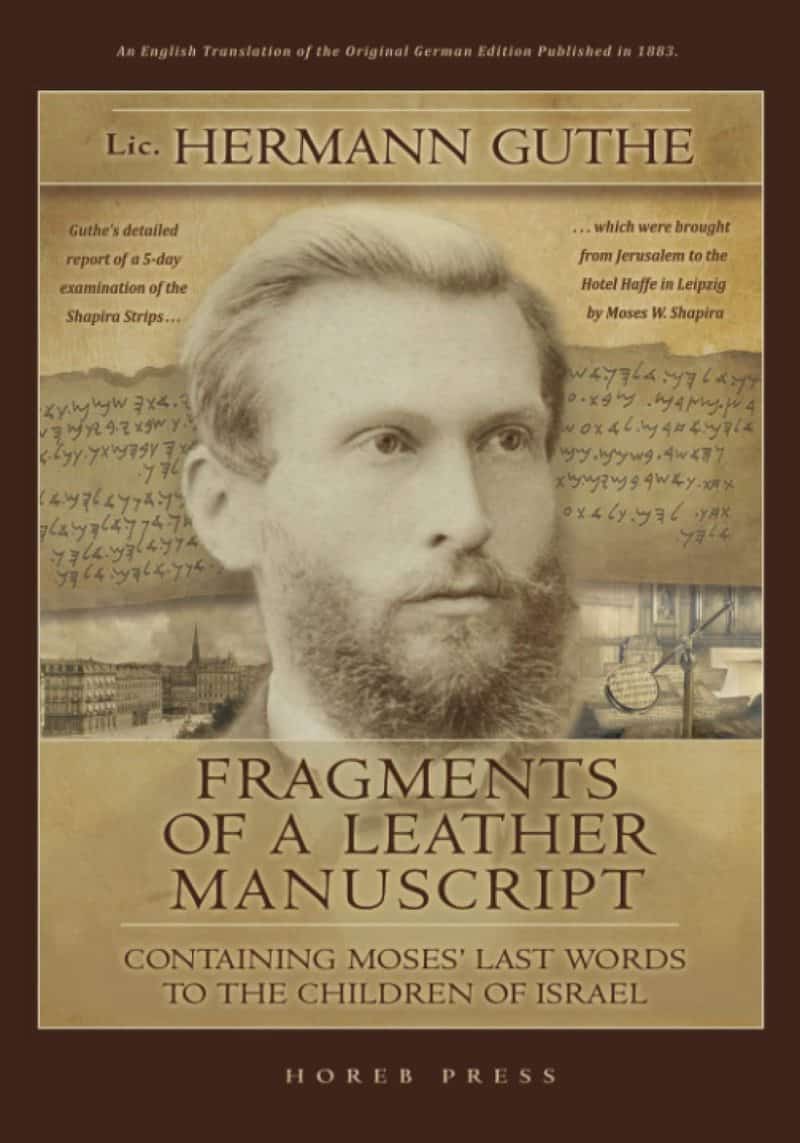
This past week Nichols published an English translation of the only detailed analysis of the Shapira leather strips we have, carried out by two German academics, Hermann Guthe and Eduard Meyer of Leipzig University, in 1883. Both scholars and interested non-specialists will want to get a copy of this fascinating bit of history. Here are Nichols’s observations on the value of this overlooked and neglected original source:
I just finished a careful reading of my recently published translation of Hermann Guthe’s, Fragmente einer Lederhandscrift enthaltend Mose’s letzte Rede an die Kinder Israel (Leipzig: Druck und Verlag von Brietkopf & Härtel, 1883). Fragments of a Leather Manuscript Containing Moses’ Last Words to the Children of Israel (Saint Francisville: Horeb Press, 2022). The new English translation is available on Amazon in paperback. This work, previously only available in German, is the sole academic treatment of Shapira’s manuscript strips from 1883 and therefore deserves a careful study by scholars who are engaged in the current debate as to the authenticity of the Shapira manuscripts. Sadly, this work has been largely ignored by most. It attracted little attention in the nineteenth century and even in the present discussions is rarely consulted. I hope that my newly published work will remedy this. Obviously, scholars who can work in German should rely on the original German edition, but for all others, this English work should be considered/consulted. Guthe provided a description of the manuscript, an account of its origin as reported by Shapira, a transcription of the manuscript strips (by Guthe & Meyer), comments on the script’s character, remarks on the text, and a table of the Paleo-Hebrew letterforms. Guthe’s observations must be considered in light of what was known to 19th-century scholars.Guthe’s work clearly sides on a verdict of forgery, but as I document in my book The Moses Scroll (see chapter 5 – The German Scholars) we have personal correspondence that shows a different conclusion! This evidence will be expanded in my forthcoming book, tentatively titled, The Leipzig Letters, but the present work is solely a translation of Guthe’s work.
I highly recommend a careful reading of this work, the only academic publication of the time detailing all the issues related to the manuscript in 1883 when it first came to light. Guthe’s transcription of the text is carefully laid out by Nichols in modern Hebrew type in a remarkably clear format. Since the original manuscripts have disappeared, this is our best evidence for what the text actually said–taking us beyond contemporary newspaper accounts and other references to its content. Nichols has done all of us a great service and thanks also to David and Patricia Tyler for providing the funding for this fine English translation.

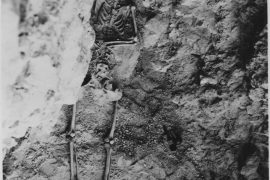

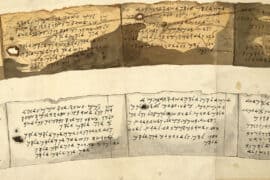

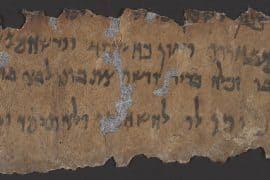

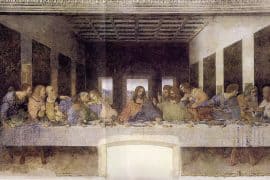

Comments are closed.